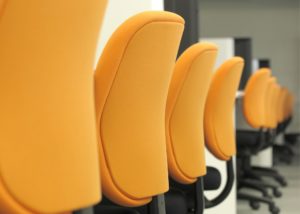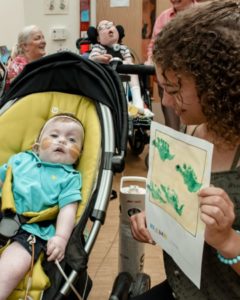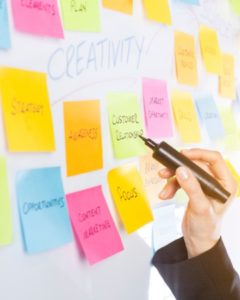Virtual personal communication has increased exponentially with the near ubiquity of the different messaging apps but there’s a lot to be said about being in the same room as the person you’re talking to, either in formal or informal conversation.
As we move into Week X of enforced self-isolation, and with some staff being furloughed, there is an imperative to keep in touch with both the working and non-working staff, the latter who are still very much a part of the team (even if they might themselves feel somewhat out of the loop). If this working from home goes on for say 3-months, or 6-months in various guises, the challenge is there for us to see – how to remain a team when there is no physical space (“the office”) to keep us together? In this respect virtual is better than nothing.
It’s not all about how we are reacting to Covid-19, however; there will be a time when the period March-June 2020 is but a distant memory and we’re back to working with clients, attending meetings, writing proposals and moaning about someone else’s music choice on Spotify (again!).
For an increasing number of us in SPACE, working across multiple studios and with clients who might be in Aberdeen one day, Edinburgh the next and Manchester the day after, we are mobile already, with the technology to support working from here, there and everywhere – both in and out of the office.
I think “the office” was starting to head in a particular direction anyway pre-Covid-19 and this “hiatus” is like an artificial satellite using a gravitational slingshot to speed us on towards our destination (or at least the next part of our journey).
We consider the workplace experience to be the intelligent integration of people, place and technology, with people definitely being the most challenging ingredient. We know that technology is going to continue to change and that spaces will forever require to maximise on flexibility. Because expectations and aspirations have changed (mainly from the employee side), the people component is not static also. Factor in the many different qualities and capabilities of staff and it’s a wonder that workplace communities are ever created.
But created they are. So, is that then the most important function of the office, to build a community? If it is, do rows of desks help to build it or is it the tea point, the meeting booth or the writable wall that bring people together more? As we continue to look at the ever-evolving workplace, it might mean that in the future we (the office cohort) only congregate in significant numbers when it really benefits us collectively (‘us’ being the organisation and the individual), either in the form of collaborative working or as part of the necessary social interaction that helps build the bonds within a community.
Does this mean that the workplace, so often comprising of rows and rows of allocated desks (sitting unoccupied for a considerable portion of the week) with perhaps only 25% of the total office space given over to shared ancillary settings is the wrong way around? Are we going to see offices (forming part of the total workplace solution along with the home office, the café, the train, the client’s business lounge etc.) becoming more like 75% non-desk, focused and collaborative worksettings with a few token desks for those who don’t need to be as mobile?
In Education we talk of “the flipped classroom” to describe the relatively new pedagogical approach whereby individual learning is enhanced through collaborative working, with these activities taking place in different locations and at different times.
Is it time (again) to talk about the flipped office?




